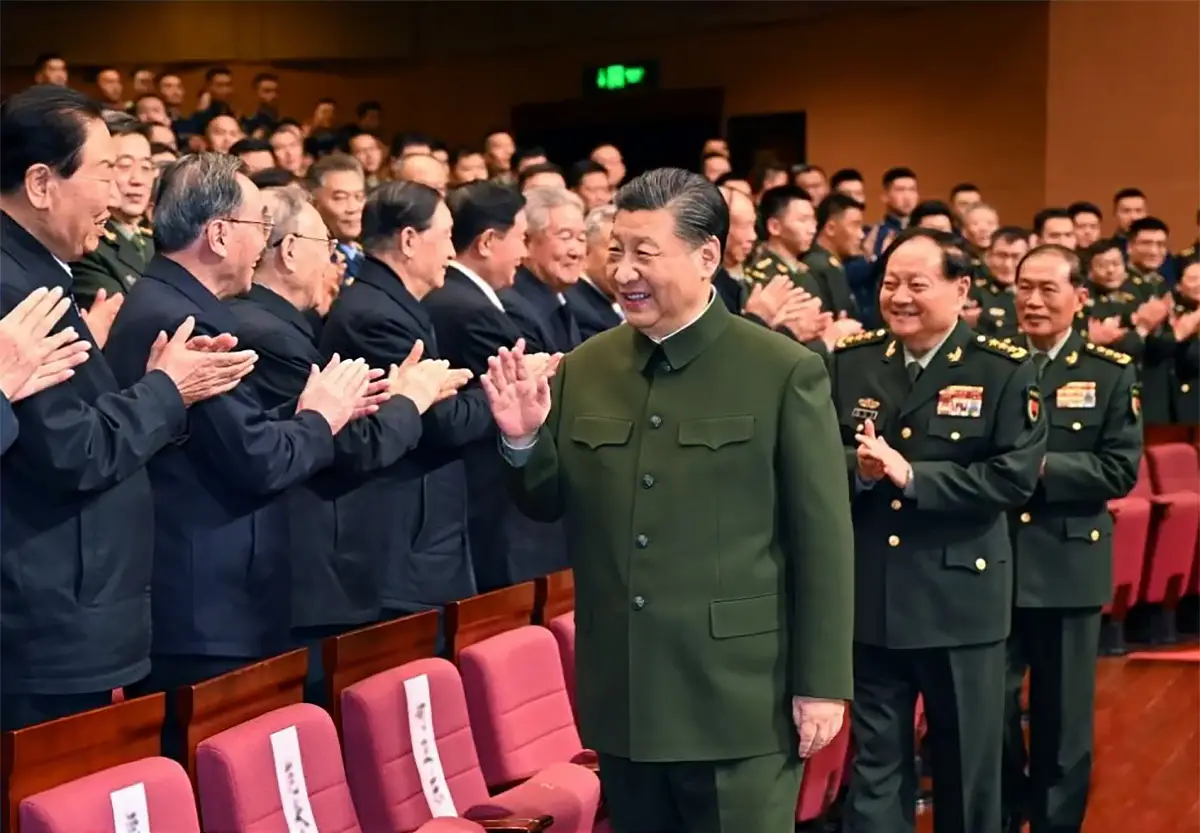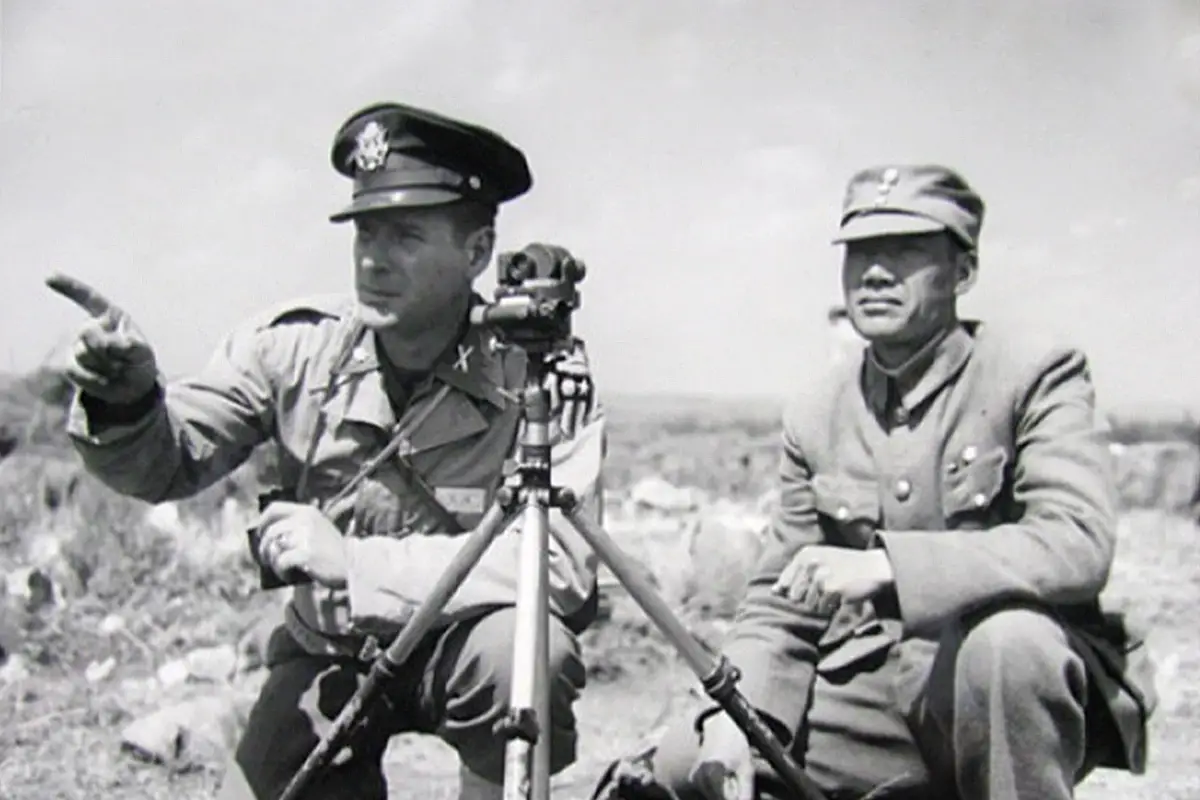Last week, President-elect Biden announced plans to release nearly all available COVID-19 vaccine in the U.S. when he takes office in an effort to speed up delivery of the vaccine to Americans. The Trump administration had purposely held back doses of the vaccine to ensure availability of the required second dose, though recently changed its position as well in favor of releasing more vaccine doses. However, with fewer than 12 million Americans having received the COVID-19 vaccine to date, there is intense pressure on government officials to vaccinate the public faster. But does Biden’s proposal actually address the root cause of the problems plaguing the vaccine rollout?
The path from vaccine manufacturing, to distribution to states and local jurisdictions, to dispensing to the public is littered with logistical hurdles. In our conversations with state and local health officials, a primary concern was the lack of having qualified and trained personnel to safely administer the vaccine. In theory, pushing out existing vaccine reserves to states and localities may seem like a logical way to get more people vaccinated faster, but that requires having sufficient demand and capacity in place on the receiving end. In reality, many states are struggling to dispense the vaccine doses they’ve received for a variety of reasons, such as restrictions on eligibility criteria, trouble with vaccine registration systems, lack of funding and resources, and, in some cases, lagging demand among health care workers. It’s hard to see how increasing vaccine flow to states and localities will help without having a better understanding of the myriad challenges at the point of administration. Also, depending on manufacturing capacity, the new strategy could delay when people can get their second dose if sufficient quantities are not available in time. Delaying the second dose (or altering the dose given, as has also been discussed) poses an inherent risk: we have no concrete basis for understanding how this might affect the recipient’s ability to build and maintain an effective immune response. And then there’s the massive public messaging effort that will be needed to clearly communicate why this change is happening and how it will affect the established priority tiers, and to educate people who are already skeptical or reluctant to get the vaccine.
Rather than approach this simply as a supply problem, the new administration should focus on identifying the factors most responsible for delaying vaccine administration so it can tailor interventions accordingly. The last thing a weary public needs is more confusion brought about by a strategy change that merely trades one set of challenges for another.



